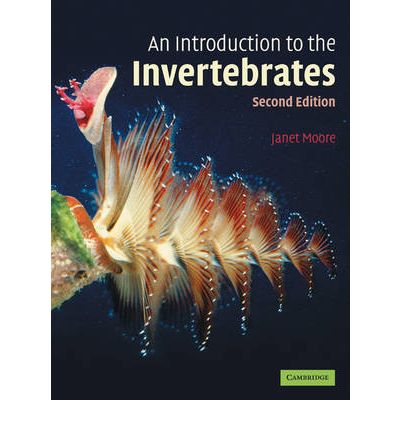
Invertebrates introduction; classification of organism; evolutionary relationship and tree diagram; pattern of organization
The lower invertebrates include various phyla such as Protozoa, Porifera, Coelenterata(Cnidaria), Platyhelminthes and Nematoda. On the other hand, the higher invertebrates are generally larger in size and possess a complex body organisation. These occupy higher position in the phylogenetic tree of the Animal Kingdom.
Reference:
- Zoology 4th Edition by Miller, S.A. and Harley, J.B.
Course Material
- Invertebrates introduction; classification of organism; evolutionary relationship and tree diagram; pattern of organization
- Animal like protest: The protozoa, life within a single plasma membrane; evolutionary perspective, maintenance function, symbiotic relationship
- Protozoans taxonomy (phyla, sub phyla, super classes) locomotion, cilia and pellicle structures, reproduction; further phylogenetic consideration
- Multicellular and Tissue Levels of Organization
- Phylum Cnidarian (coelenterate) the body wall and nematocysts; alternation of generations; maintenance functions
- Phylum Ctenophora
- Triploblastic and Acoelomate Body Plan: Phylum Platyhelminthes
- Phylum Nemertea; Phylum Gastrotricha
- Pseudocoelomate Body Plan
- Phylum Rotifera and Phylum Nematoda; Phylum Kinorhyncha
- Mollusca Success
- Gastropods
- Annelida
- Regeneration, reproduction and development in different classes of annelids
- Arthropods
- Metamerism and tagmatization; the exoskeleton
- Chapters 16
- Department Chemistry
- Teacher
Irum Waheed


